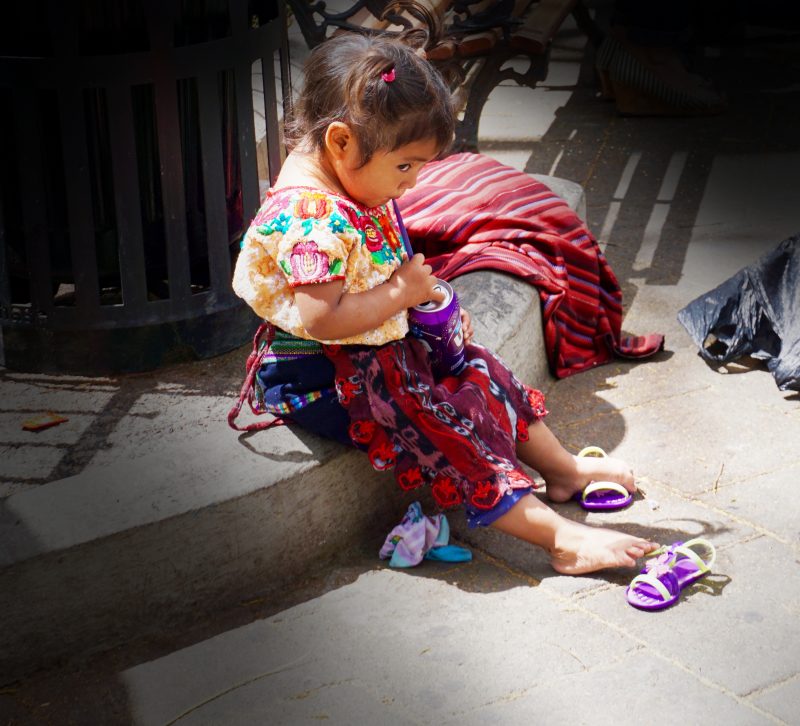What’s my role as a designer??
Posted on December 16, 2017
Over the course of my first semester at Parsons I’ve been shaping my perspectives and points of view into becoming a better designer. It has also aided me into not taking seeing for granted.[1] As it has allowed me to become more aware and alert of my surroundings in order to become an active observer and listener of the current situation in Guatemala and to ask myself: What is changing? How am I involved? Is there something I can do? And allow them to be leads into opportunities that might emerge to tackle complex problems faced by my country.
“What’s interesting about our complex problems is that they are nonlinear. You fix one thing but another one gets messed up or triggered. If they were linear, you fix one thing and the next one gets fixed up or you know how to change or address it. But with nonlinear problems it’s not that easy. Meaning problems are now multidimensional. They are seen as wicked problems where you cannot address them by fixing single variables.” [2]
In this case, I’m interested in the complex problem surrounding the extreme cases of malnutrition in Guatemala. Eight out of 10 children, which is 80% of the indigenous children in the country, experience chronic malnutrition. [3] The complexity around the issue is that several variables need to be addressed making it difficult to decide where to start to better approach the situation.
Malnutrition affects the development of children’s brains. This is just the starting point to a domino effect in a larger chain. Due to the lack of development in children’s brains, their education gets affected as well. Children don’t perform as well in classes, if they get any access to them, to get a higher education. This later only allows them to work in manual labor jobs and leads them to reinforce the poverty cycle.
Jay Forrester from MIT says “Identify the system structure that leads to the problem and look for leverage points- places in the system where a small change could lead to a large shift in behavior.”[4]
At the moment I am interested in designing interventions that address the system structure surrounding chronic malnutrition. When considering this topic, I am prompt to think if there are ways in which we can create an alternative to food that provides enough nutrients for children affected by such condition. I am interested in exploring if through the field of biodesign I can identify opportunities of developing such alternatives. It’s a journey I am beginning to embark, but one that I am very excited for.
Pamela
[1] Sturken & Cartwright, Practices of Looking, Introduction to Visual Culture, 2009, “Spectatorship,” “Discourse and Power,” The Gaze and The Other,” pp 101 – 120
[2] Jamer Hunt, “Becoming Transdisciplinary: Critical Unbecoming.” SVA MA Design Research, 2009.
[3] “Panorama.” UNICEF Guatemala – Panorama – Desnutrición, www.unicef.org/guatemala/spanish/panorama_18467.htm.
[4] Meadows, Donella H., and Diana Wright. “Thinking in Systems: a Primer.” Thinking in Systems: a Primer, Chelsea Green Publishing, 2015, pp. 145